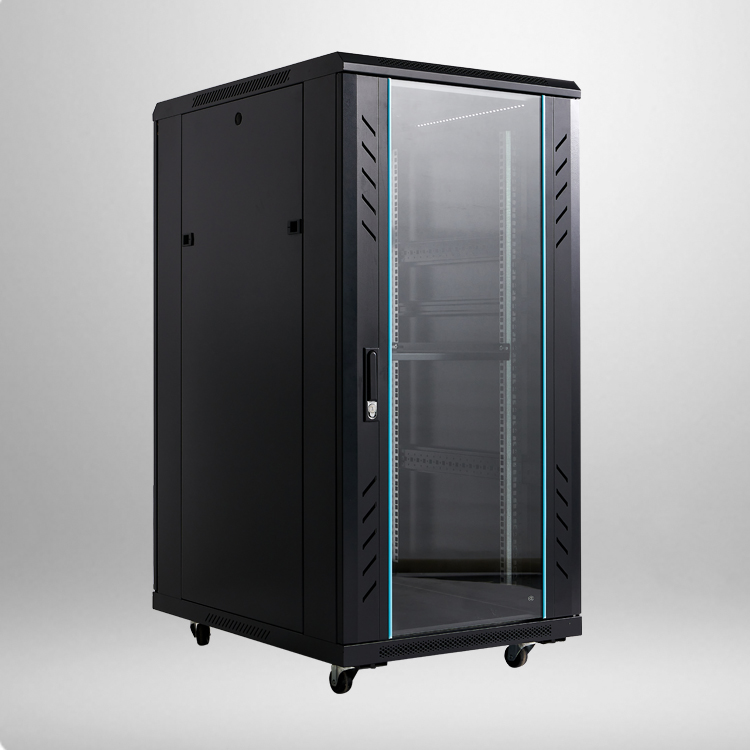
When it comes to choosing the right server cabinet for your business, there are several factors that you need to consider. The server cabinet is a crucial component for any business that relies on technology to operate efficiently. It provides the necessary housing and protection for servers, networking equipment, and other essential devices.
Here are some key factors to consider when selecting the right server cabinet for your business.
Size and Capacity: The size of the network server cabinet should match your current needs and allow for future growth. Consider the number of servers and other equipment that you need to house and ensure that the cabinet has enough capacity to accommodate them. You should also consider the dimensions of the server cabinet to ensure it fits in your IT space.
Cooling and Ventilation: Servers generate a significant amount of heat, and proper cooling and ventilation are essential to prevent overheating. Look for server cabinets with built-in cooling features, such as fans or vents. Ensure that the cabinet has sufficient space for proper airflow and ventilation. This will help to maintain optimal operating temperatures and extend the life of your equipment.
Security: Data security is a top priority for any business. Select a server cabinet that offers robust security features to protect your equipment from unauthorized access, theft, and tampering. Look for cabinets with lockable doors and side panels. Consider additional security features such as biometric access control or CCTV surveillance systems, depending on the level of security required for your business.
Cable Management: Neat and organized cabling is crucial for efficient operation and easy maintenance of your IT infrastructure. Look for server cabinets with cable management features such as cable trays, vertical cable managers, and adjustable rack rails. Effective cable management not only improves the aesthetics but also minimizes the risk of accidental disconnections and facilitates easier troubleshooting.


